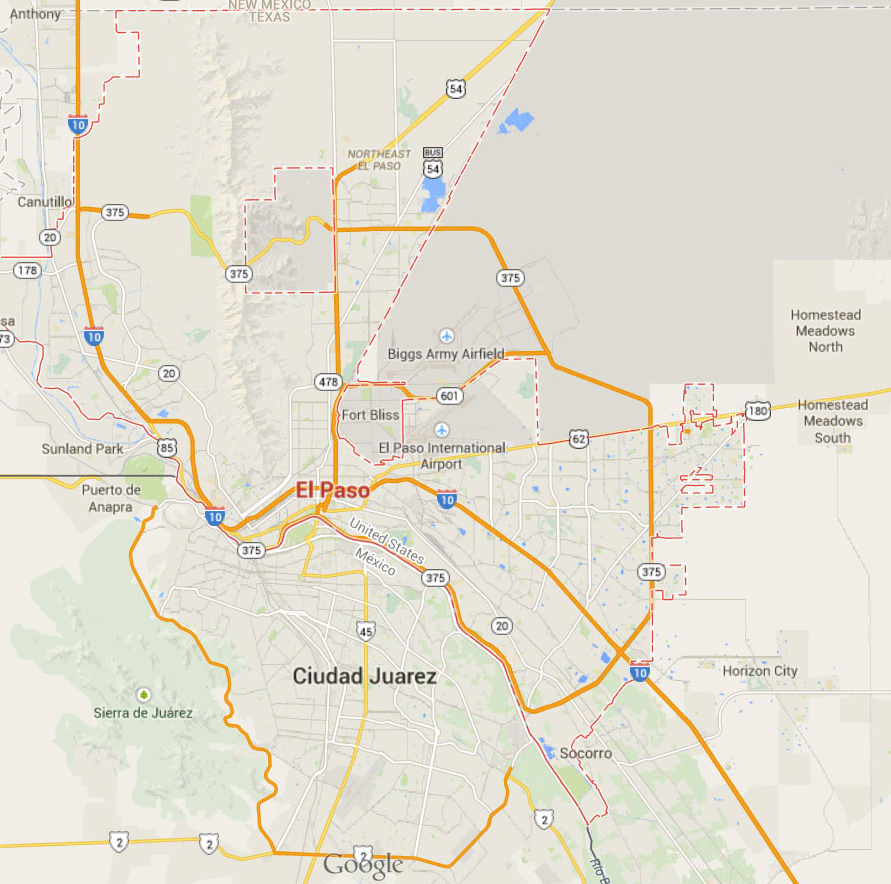What’s the very best queer going out with app today? Most people, tired with swiping through users with prejudiced words and frustrated with security and secrecy questions, declare reallyn’t a dating application at all. It’s Instagram.
This can be rarely a queer stamps for any social networks program.
Rather, it’s an indication that, in sight of countless LGBTQ someone, large online dating programs are generally faltering all of us. I realize that sentiment perfectly, from both revealing on dating tech and the experience as a gender non-binary single swiping through software after application. In genuine early-21st-century elegance, We met simple present companion directly after we coordinated on a number of programs before agreeing to a very first date.
Yes, the current status of internet dating seems quality if you’re a white, youthful, cisgender homosexual people looking a simple hookup. In the event Grindr’s numerous problems have actually turned your away, there are various fighting solutions, including, Scruff, Jack’d, and Hornet and comparative newbies for instance Chappy, Bumble’s gay brother.
But if you’re definitely not a white in color, young, cisgender person on a male-centric application, you could get a nagging feeling your queer relationships systems just weren’t developed for an individual.
Traditional a relationship programs “aren’t made to satisfy queer requirements,” writer Linda Emily O’Hara tells me. O’Hara went back to Tinder in February as soon as the woman finally connection concluded. In a personal experience various other lesbians need observed, she encountered a bunch of direct as well as partners moving into this lady outcome, so she investigated what lots of queer lady state is a problem that’s driving these people outside the hottest dating application in America. It’s one of the several factors maintaining O’Hara from signing about, as well.
“I’m generally not using mobile dating software nowadays,” she states, preferring as an alternative meet up with prospective meets on Instagram, in which a growing number of individuals, regardless gender identity or sexuality, decide on locate and communicate with likely partners.
An Instagram membership can serve as a photo set of pics for admirers, an effective way to catch the attention of romantic welfare with “thirst photos” and a low-stakes venue to have interaction with crushes by over and over responding to the company’s “story” blogs with heart-eye emoji. Some notice as a power tool to add a relationship programs, many of which enable people to touch base his or her social networking reports to the profiles. Rest keenly google search accounts such @_personals_, having flipped a corner of Instagram into a matchmaking solution focus on queer  lady and transgender and non-binary someone. “Everyone i am aware obsessively reads Personals on Instagram,” O’Hara claims. “I’ve outdated two individuals who we came across after they posted advertising here, and the encounter have experienced further intimate.”
lady and transgender and non-binary someone. “Everyone i am aware obsessively reads Personals on Instagram,” O’Hara claims. “I’ve outdated two individuals who we came across after they posted advertising here, and the encounter have experienced further intimate.”
This tendency are partially motivate by a common sense of dating application stress, a thing Instagram’s adult organization provides tried to exploit by handling
“Dating programs aren’t actually able to effectively accommodating non-binary genders, let alone getting every one of the nuance and settlement that will into trans attraction/sex/relationships,” says “Gender Reveal” podcast coordinate Molly Woodstock, which uses particular “they” pronouns.
It’s sad because the queer people served master online dating services away prerequisite
from your analog days of individual promotion into earliest geosocial chat software that enabled easy hookups. Best in earlier times four years offers dating online appeared since No. 1 approach heterosexual people meet. Considering that the coming of matchmaking applications, same-sex twosomes need extremely fulfilled into the multimedia world today.
“That’s the reason we usually tend to migrate to particular ads or social media optimisation software like Instagram,” Woodstock states. “There aren’t any filters by gender or placement or virtually any screens after all, thus there’s no potential with that being said screens will misgender people or restrict our personal power to read anyone we might be keen on.”